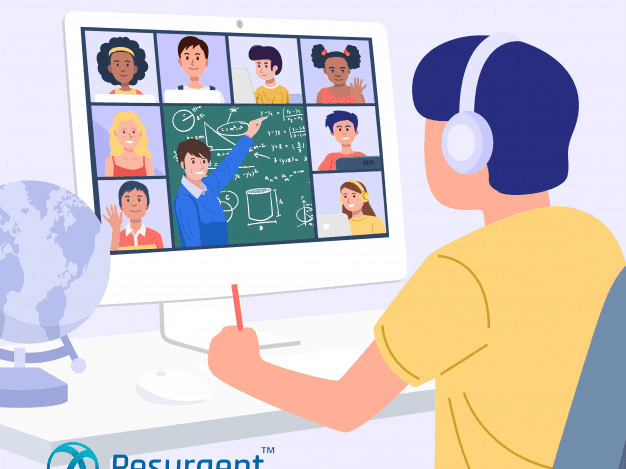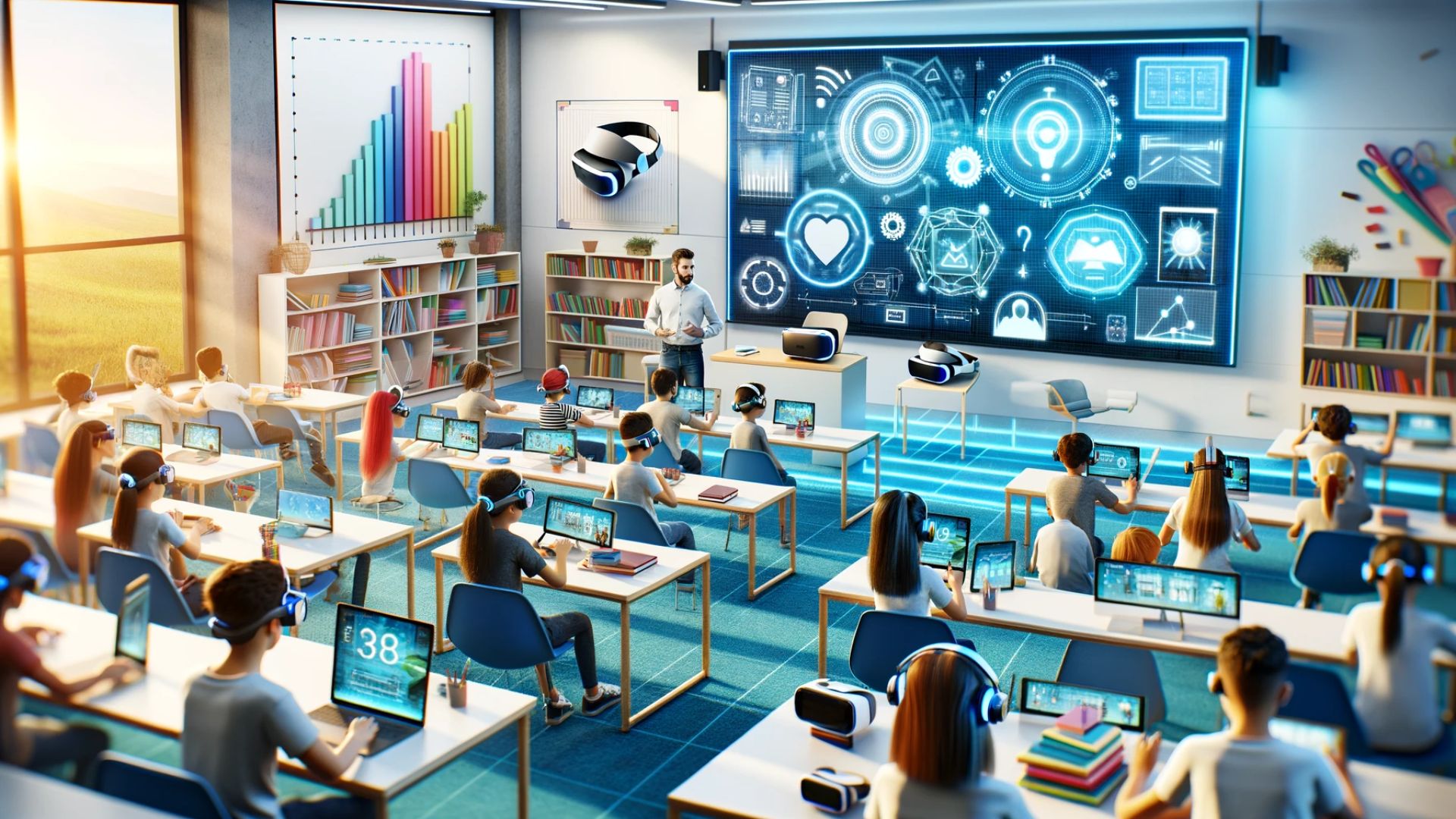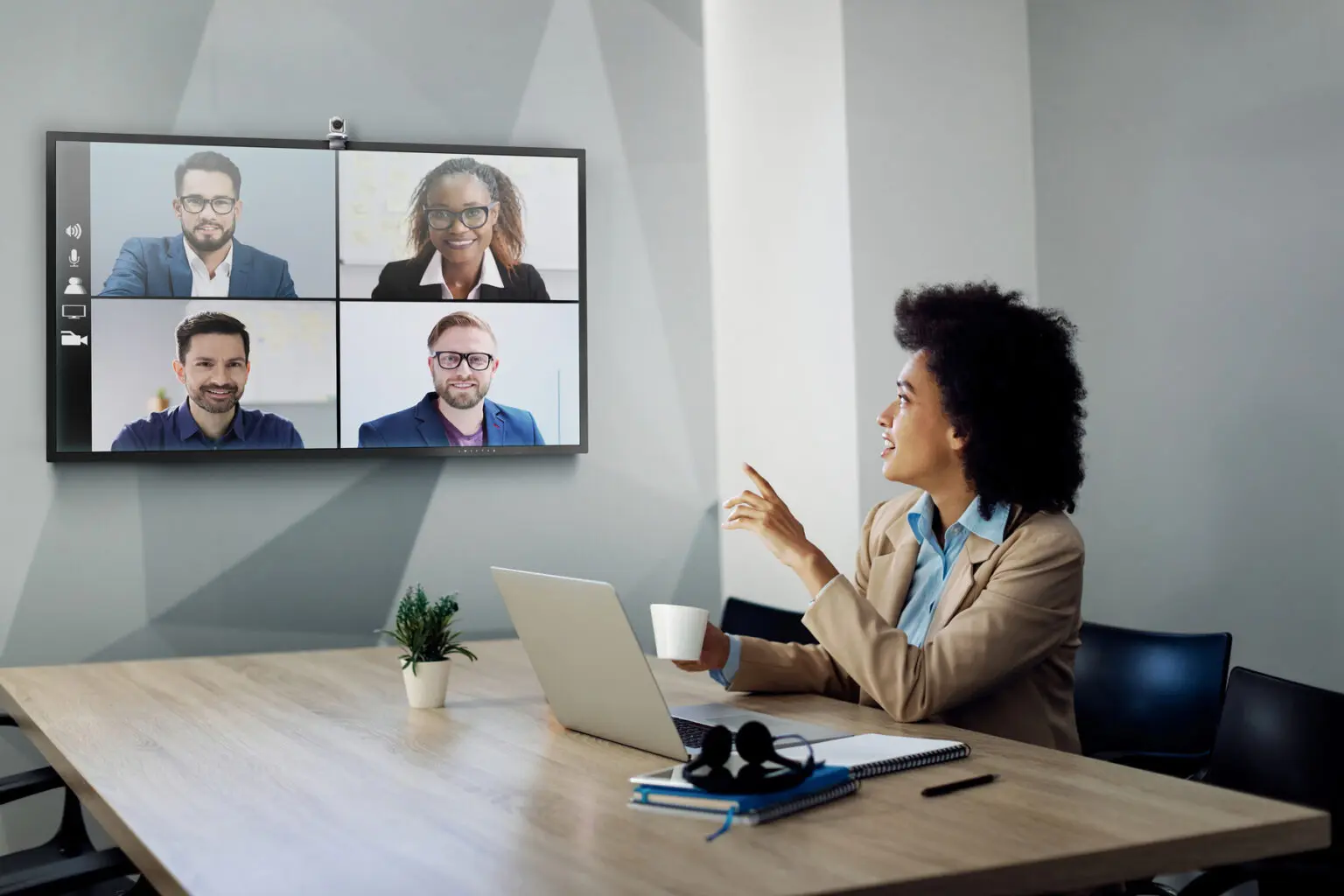Education is now a fundamental right, but the pandemic has thrown a wrench in the traditional ways of imparting knowledge. It has restructured the way educational institutions are delivering their lessons to their students. Due to social distancing rules, classrooms have become digital. Even examinations are being conducted online. This format will have to continue for some time as there is the fear of more waves of the disease hitting the population. What does this entail for educational establishments? Let’s consider.
Present Scenario
Internationally, there’s a surge in remote learning. Many schools are sharing live and recorded videos of classes. The teachers follow up with their students regularly. Government schools in Telangana are using videos on Doordarshan through T SAT (Telangana Satellite Network). This can be viewed on cable TV networks and YouTube. These are both initiatives to share educational content via audio-visual modes. Concerned authorities are getting feedback on these classes. The consensus seems to be that they want improved digital content along with more multimedia to improve student engagement. That holds great potential for the future of educational AV.
What Will the Future Hold?
1. A Shift to Hybrid Learning Facilities
Distance learning is nothing new. It has been around for some time. The pandemic will increase the adoption of this format. That will create a demand for hybrid learning amenities. Lectures will become broadcast live events. To enable this, institutes will have to create a support structure not just for the IT section of AV, but other crucial elements as well. That includes supporting sound management, video editing, broadcasting, and filming, streaming, video archiving, and storage management. The AV support team will become essential in implementing these technologies.
2. Creating Better Audio-Visual Spaces
For students to be absorbed, they must be able to see the content clearly and hear the educator properly. Otherwise, interest levels will waver and engagement will decrease. That means institutions must install high-quality display technology and professional audio products. That way, the AV experiences will be interesting enough to catch and keep the students’ attention. Which is tough to do remotely! Unless institutes want student participation to drop, along with their grades, they must focus on implementing solutions that create high-quality AV experiences.
3. Optimizing Existing Platforms
Currently, educators can engage with students in a live lecture. They can stream these through certain service providers. Or they can pre-record talks and send those videos on demand. Offering different options will enrich the learning experience and make the process a little more interesting and interactive for students. But whatever method is being used, the systems must be easy to navigate. There are collaborative workspaces that have many features. For example, Microsoft Teams allow teachers to interact with students with their chat, voice, and video features. They can even record sessions and share learning resources through a file-sharing option. That lets students access information on demand. Likewise, current systems should be optimized using such software and other enhancements.
Another aspect would be using flexible technology and leveraging existing networks. These are easy to scale as opposed to traditional analogue systems. You won’t need to convert formats across devices. That will reduce their complexity and costs. Educators will be able to push video and audio signals to multiple spaces or even into the student’s home. That increases efficiency. Additionally, AV/IP solutions comply with social distancing rules by streaming across multiple lecture screens and using campus-wide streaming services.
4. Bring Your Device
If possible, students should have their own devices. That will allow them to consume course material at their own pace. For this to be effective, certain backend systems and software must be integrated so that all the devices have access to updated coursework. Also, AV technology must be installed in such a way that it can be adjusted using a tablet or mobile device by the educator. That will create an easier experience for all those using the technology.
5. AI Will Power Certain Processes
Artificial intelligence could play a role in automating activities like grading. They’ll also help individualise learning by responding to a student’s needs, emphasising specific topics, and helping students to learn at their speed. This will be a new predicament for schools and they must hire trustworthy experts to help them integrate AI with their facility. While still a nascent technology, chances are that AI will have a profound impact and will need to be embedded into all systems and processes, including AV.
6. AV Integrators Must Lead the Way
Remote learning is more important than ever, so disruptions can be very inconvenient. That would ruin the flow of information being delivered and spoil the virtual classroom experience for the students. Integrators have to provide high-quality on-site support along with licensing and maintenance. They can help educational institutions create realistic budgets and choose the best option.
7. Students Must Learn Conferencing Etiquette
Students must be familiarized with remote learning practices. That will ensure each session is productive. Examples of this would be muting when someone else is talking, preventing attendees from speaking at the same time, etc. This must be clarified at the start. Ensure the audio-visual equipment being used has these features and is easy to understand and use. Support plays a key role here too. Some applications allow a central figure to mute and unmute the other attendees.These are the main changes we’re expecting to see in the coming academic year. Institute must prepare themselves at the earliest to meet the growing need for remote learning, and the essential AV equipment required to support it. Failing to do so will result in students missing out on the most important years of their lives, due to no fault of their own. If you have queries or need expert guidance, reach out to us today.



